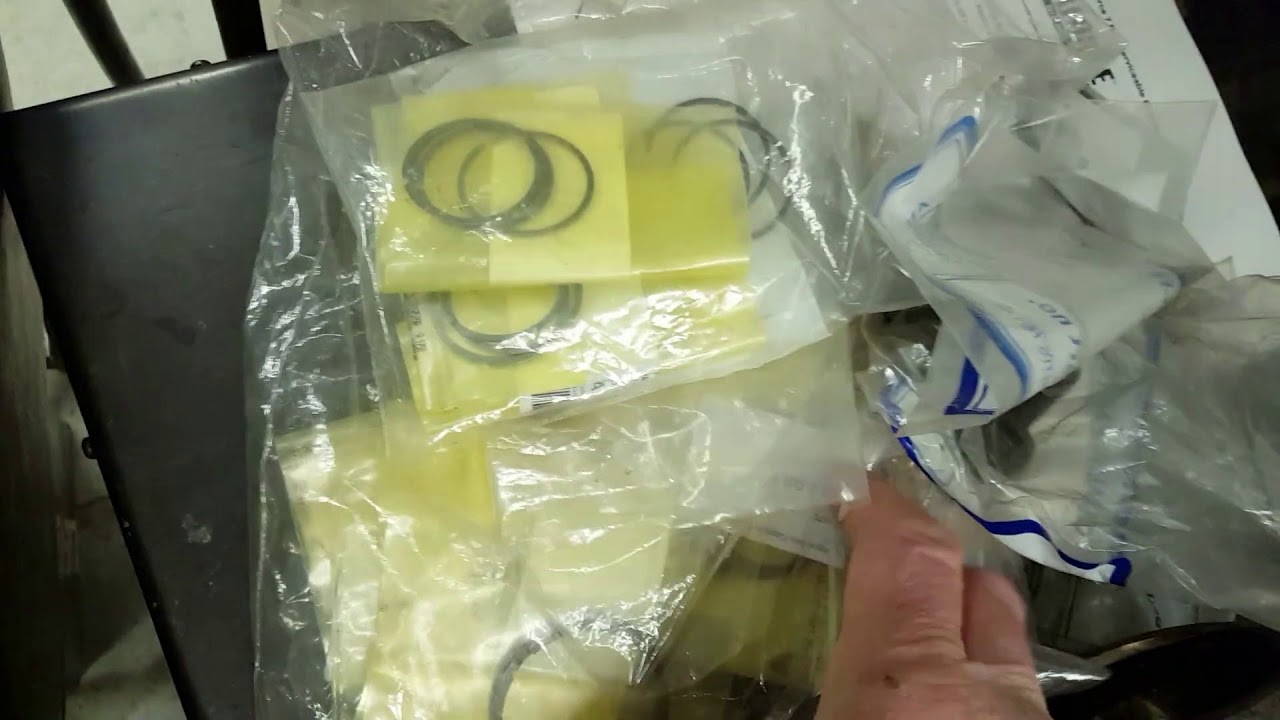This particular Mercedes diesel engine model is a 2008 and emission controlled. I can say for sure that any exhaust leaks on an emission controlled engine will create not only an engine code but also derated performance. Once the code shows it’s ugly icon on the dash nothing really feels different until over time it will get worse and eventually the engine on board computer will start to take power away so you do something to repair the problem.
Let’s face it if you see an engine code on the dash and nothing has changed with the performance would you find the closest shop to check it out for you? I doubt it unless you’re a real stickler on perfection. Without any drastic changes with engine power we run our buses until the horsepower levels drop off telling us we better do something with this issue. If we scan the code and see it’s an emission related type the bus is down for at least a couple of days.
An exhaust leak reduces turbo boost of course and the engine control module senses this and warns the driver that there’s a problem. This is where we come in and pull sensors and check them out for carbon build up. Carbon and soot is our enemy clogging up the sensor such as the turbo boost and not being able to relay the proper signal to the engine module.
So a lot of times it boils down to cleaning or replacing emission parts until all the signals to the engine module are clean and we can send the bus on it’s way. If it’s more severe like the EGR valve then it’s time to remove the valve and clean it up. This takes more time and a pain especially if you go through all of that and it doesn’t fix the problem. I guarantee you will find the bad parts eventually pulling them one by one for clean up maintenance.
The Mercedes engines in our fleet do a cycle. We fix them up with all of the above problems and a few months later the code comes back. Every oil change we do a parked regen to cook most of the soot and ash out of the system but not all of it gets taken care of. This stuff is a sticky goo that has teeth latching on to any engine part it contacts. Combined with the heat and engine cool down this stuff turns into a diesel engine cancer. That’s why they call us the “doctors of motors”.







